Astrology is a vast subject with layers of wisdom stretched out within. It is so irresistible that once you begin your journey with astrology you can not pause it. Surprisingly neither it leaves you because one after another it keeps introducing you to new insights. And it hooks onto you forever after you start reading Astrology Books. In this Blog we will find out about the Wonderful Astrology Books by Vedic scholars.
An avid reader would relate well to this quote
Once you have read a book you care about, some part of it is always with you. ~ Louis L’Amour
Therefore, for all astrology enthusiasts, it is a vast ocean of knowledge preserved and shared since ancient times.
The magnitude of the field is so gigantic that it has been divided into many branches
- Siddhanta (Astronomy): Astronomy readings are used, to do astrological analysis.
- Samhita (Mundane astrology): In Mundane astrology, it covers all the crucial events like war, political events, and natural calamities like earthquakes, omens, Vastu Shashtra flood, etc.
- Hora (Predictive astrology): It is further divided into 11 parts:
- Jatak Shaastra / Hora Shastra (Natal Astrology/Indian Vedic horoscope): Personal predictions are made based on the Native’s birth chart.
- Muhurt or Muhurtha (Electional astrology): The selection process of the most beneficial time to start something new in life.
- Swar Shashtra (Phonetical astrology): These predictions are based on the names & sounds of an individual.
- Prashna (Horary astrology): It is a unique way to analyse the Kundali of the question raised, based on the time and place where the question was asked.
- Ank Jyotish / Kabala (Numerology): Astrology based on numbers pr Numerology.
- Nadi Astrology: Detailed predictions of people are preserved on palm leaves by Hindu sages since ancient times.
- Tajik Shastra / Varsha Phal (Annual Horoscope): The predictions are based on the annual solar returns.
- Jaimini Sutras: It is a unique predictive astrology by Rishi Jaimini regarded next best to the Brihat Parashara Hora Sashtra. It uses a different set of aspects, Karakas and different types of Lagna.
- Nastjaatakam (Lost Horoscopy): Its method helps in reconstructing a horoscope in the absence of birth details or lost horoscopes.
- Streejaatak (female astrology): Focussed on female horoscope, reveals characteristics and various events of women's life.
Vedic Astrology books for Astrology enthusiast
It will further boost your knowledge if you are a professional astrologer or an amateur astrologer.
Brihat Parashari Hora - Sage Parashara
In this book, you will find the entire theory of Vedic Predictive astrology. Written by sage Parashara, who was born before Mahabharata, presumed to be around 3000 B.C. According to the legend, Rishi Parashara was the father of Veda Vyasa the author of the 18 Puranas or Vedic literature. Veda Vyasa wrote epics like Mahabharata, Bhagawat Geeta, the Brahma Sutras and the Uttara Mimansa.
The book is in dialogue format between Rishi Parashara and his disciple Maitreya. Where Maitreya is asking questions and Parashara explains them. Despite the fact, Brihat Parashara Hora Shastra is the oldest astrology book (believed to be 5000 years) it is the best astrology book. However, there are controversies attached to its origin as the original version has not been traced.
Brihat Parashar Hora Shastra is the most indispensable piece of knowledge on Vedic predictive astrology. The book contains descriptions of the planets, zodiac signs, House and divisional charts etc.
A few predictive theories mentioned in the book are:
- The calculation of Shad Bal, auspicious and inauspicious results, Vimshopak, Ishta and Kasta have been described comprehensively.
- Many astrological Yogas are mentioned, and one of the most important features of the book is the remedial measures for inauspicious births.
- The book is based on the assumption that Planets are the auspicious forms to destroy demons or evil forces and sustain supreme beings. It states that “From Sun came the incarnation of Rama, from the Moon that of Krishna, from Mars that of Narasimha, from Mercury that of Buddha, from Jupiter that of Vamana, from Venus that of Parashurama, from Saturn that of Kurma (Tortoise), from Rahu that of Varaha (Pig) and from Ketu that of Pisces (Fish) occurred”. But it is not mentioned from which planet the Kalki Avatara is going to come.
- As per the book besides planets, the radiant bodies in the Universe with no movement are Nakshatra( asterisms). The zodiac consists of 27 Nakshatras starting from Ashvini. The rising Rashi in the East, on the latitude of birth, is described as Lagna. Here too a combination of Lagna and the Planets decides the native’s karmic cycle.
- As per Maharshi Parashara, there are 5 Kaal Velas Ardhaprahar, Yamaghantak, Mrityu, Kaal and Gulika. These are parts of the Sun, Mars, Mercury, Jupiter and Saturn while Moon and Venus are not considered.
Garga Samhita - Sage Garga

It was composed by Maharishi Garga, who was among the important 18 Rishis or Saints of astrology. He was the son of Maharishi Bharadwaj and Kshatriya varna's mother Susheela. That's why he was also known as a warrior brahmin. Dronacharya was his half-brother. Garga was one of the four disciples of Lakulisa, the founder of Pashupatas Shaivism, the oldest form of Shaivism.
His book Garga Samhita is regarded as the foundation of astrology, which is referred to in modern-day as well. It also tells us about the magical deeds, and wisdom of Lord Krishna. Garga had even contributed to Vastu Shastra and Ayurveda fields. Rishi Garga in contrast with the astrology rules that take Ashwini as the first star chose Krittika as the first of the twenty-seven nakshatras in the horoscope.
It cites some of the distinct predictions made for King Agrasen, Lord Krishna, Arjuna, Pandavas, Kurushetra war, and Kauravas. Garga discovered a constellation during the time of Pandavas and Kauravas. At the behest of Nanda, he made Shri Krishna and Balarama life predictions, in which he explained the mystical qualities of Krishna and the strength of Balarama. But you will find one different version here, he states Shri Krishna and Radha were married.
Jaimini Sutram - Maharishi Jaimini
Also known as the Upadesa Sutras written by Sage Jaimini. He was a direct descendant of Maharishi Vashishta, Parasar and VedVyasa and was also the disciple of Vyasa. The book comprises only four chapters Karakamsa, Arudha, Upapada and navamsa. It covers 936 sutras or verses. The chapters are about; Long life, Diseases, Profession, Spouse, Nature, cause of death, and astrological time of conception. Many Jaimini principles are found in Brihat Parasara Hora Sastra. Besides the basics of the Parashara system, you will get to read about a different set of aspects, Karakas, and some different types of Lagnas. Jaimini Sutram is quite popular with astrologers in Andhra Pradesh.
Though the Jaimini System is in accord with the Parashari system its prediction system is different from the Parashari System. He did not highlight Nakshatras however tells about the merging of two or three planets into one karaka. Significantly he covered two Lunar Nodes Rahu and Ketu.
Maharishi Jaimini introduced the tradition of examining pre-Vedic text known as Purva-Mimamsa. Jaimini Bharata is also a famous book written by him. Some people find his book a little confusing in the beginning, but you need little patience and diligence to understand the sutras. It has explained in a very unique way the aspecting of zodiac signs or the planets within them. As per its principles movable sign aspect all the fixed signs except the one which is next to it. And all the fixed signs aspect the movable signs except that which is next to it. The double-bodied signs aspect each other.
Brihat Jataka - Sage Varahamihira
A classic Vedic astrology book was written by Varahamihira, the famous astrologer at the court of king Vikramaditya in the year 57 BC. There is a very famous story about him, he was an astrologer named Mihira, who had made predictions about the death of King Vikramaaditya’s son from a wild boar. King Vikramaditya did not accept and kept his son under high security inside the palace, however, despite all the safety measures the prince got killed while playing in the garden when he fell on an idol of Varaha (Wild Boar has two sharp protruding teeth). Since that day everyone started calling him ‘Varaaha’Mihira.
The author was also a keen astronomer, in his work Pancha Siddhantika, he mentioned the ayanamsa, or the shifting of the equinox is 50.32 seconds. The English translation of Varahamihira's Brihat Jataka has been the best and very useful translation work in astrology.
Few interesting points from the book:
If Sun conjoins Moon, the person will be skilled in machinery and masonry; if it is with Mars, he will be fond of sinful deeds; and with Mercury, skilful, intelligent, renowned and happy. Moon with Mercury gives politeness in speech, is clever in interpretation, and makes a person popular and renowned. Likewise, many other conjunctions are mentioned.
If Jupiter, Moon and Lagna are aspected by Saturn, and if Jupiter is in the 9th, the person born would be a king with immense knowledge of shastras or sciences. Whereas if 9th is occupied by Saturn and remains unaspected by any planet, the person will become a dikshita even when he’s born in rajayoga.
When all benefits are in Upachayas (the house of growth he 3rd, 6th, 10th and 11th) from Lagna, the person will be very wealthy. When all benefits are in Upachayas from Moon, he’ll still be wealthy. When two benefits are in Upachayas, there’ll be average wealth. However, less than that will give lower wealth.
Brihat Samhita - Sage Varahamihira

Another extensively explained astrology book composed by Varahamihira. It will take you through the study of architecture, temples, planetary motions, eclipses, timekeeping, astrology, meteorology, agriculture, mathematics, gemology, perfumes, and many other concepts. Varahamihira learnt astrology from his father Adityadasa and he had also mastered the Vedas. The great mathematician, Aryabhatta infused his interest in astronomy.
His Panchasiddhantika is the most famous, which has references to five astronomical works, viz. Paitamaha, Romaka, Paulisha, Vaashishtha and Surya. This Romaka and Paulisha are believed to be references to the Roman and Greek schools of thought. On the foundation of these five systems, he devised three branches or skandhas: Siddhanta and Ganita (theory and mathematics), Hora and Jataka (horoscopy and natal astrology), and Samhita (collection), Brihat Samhita belong to this third branch.
It has 4000 verses or shlokas. You will be surprised to know that amongst these, 27 predictions were specially chosen for the present study. And they were subdivided into the Movement of Venus, Rahu’s course, Predictions based on planetary conjunctions, Predictions for the Sun’s entry into Aardra star, Predictions based on the directions of clouds and winds and Predictions based on lunar conjunctions.
However, Varahamihira has summarised all the astronomical and astrological knowledge of his and ancient times sages or rishi. As he stated in the text “Having correctly examined the substance of the voluminous works of the sages of the past, I attempt to write a clear treatise neither too long nor too short”.
This book will surely expand your knowledge because it is considered to be “ A divine collection of knowledge”.
These are just a few classic Vedic astrology books, you can pick any from these and accumulate the immense knowledge shared in them. But I would suggest in the beginning to finish one book completely and then move on to the next. Avoid mixing the two streams of thoughts or principles of the book.















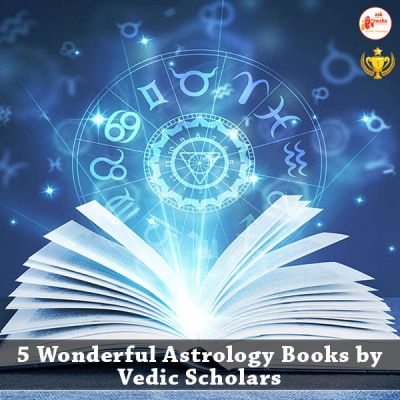

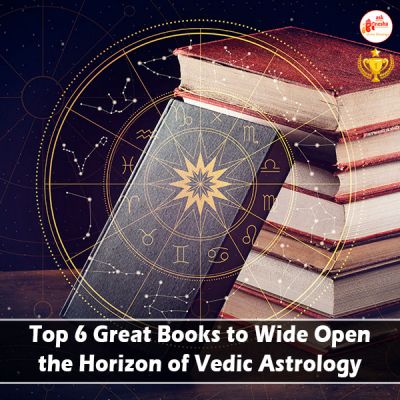
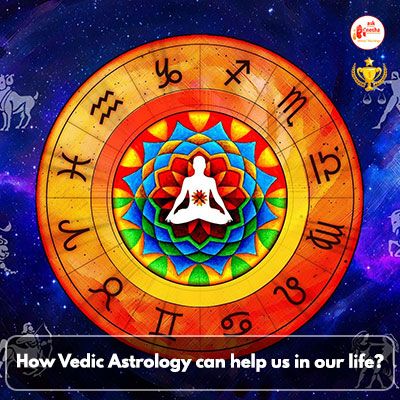
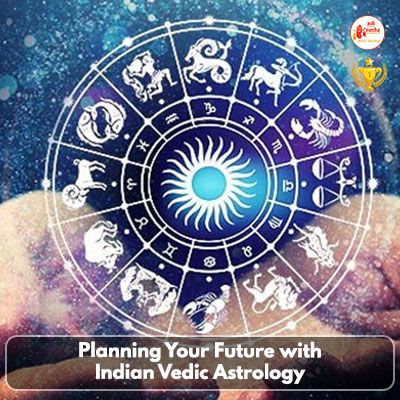
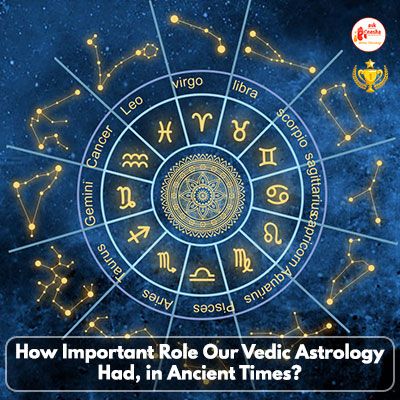

 Translate
Translate